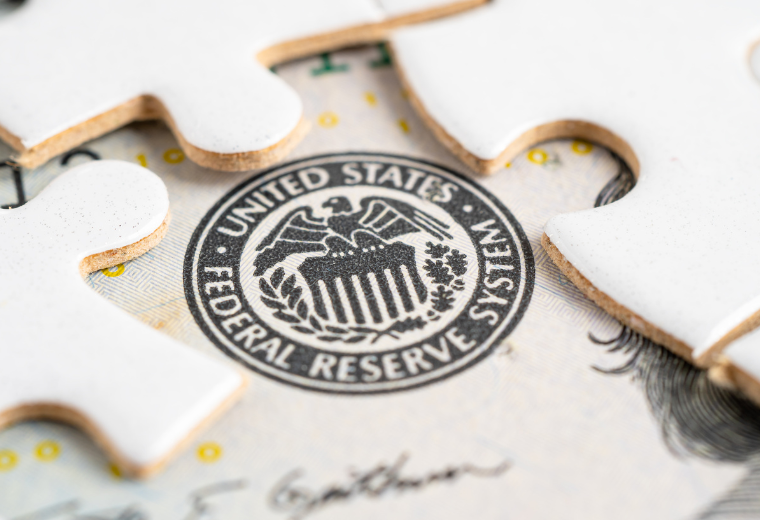
The Federal Reserve maintained its key interest rate within the 4.25%-4.5% range for the third consecutive meeting on Wednesday, a decision widely anticipated by market observers.
This holding pattern comes even as the central bank acknowledged a heightened level of concern regarding the dual risks of escalating inflation and rising unemployment within the current economic environment.
The Fed’s announcement unfolded against a backdrop of considerable market volatility and economic indicators revealing fluctuating consumer spending and significant swings in international trade. Looming large over the economic landscape is the potential for substantial tariffs, casting a shadow of uncertainty on future growth and price stability.
While Federal Open Market Committee (FOMC) members noted that, excluding the often-turbulent realm of net exports, the underlying U.S. economic activity continues to demonstrate a solid pace of expansion, it concurrently emphasized the increasing ambiguity surrounding the overall economic trajectory.
In its official statement, the FOMC conveyed its diligent monitoring of both facets of its mandated responsibilities—fostering maximum employment and ensuring price stability—stating that it “judges that the risks of higher unemployment and higher inflation have risen.”
This explicit focus on the growing risks to both sides of the Fed’s mandate appeared to unsettle investors, prompting a retreat across the major U.S. equity markets.
The S&P 500 was trading 0.2% higher midday Wednesday, while the technology-heavy Nasdaq Composite fell 0.2% and the Dow Jones Industrial Average was holding on to gains of approximately 0.3% in afternoon trading following the FOMC’s announcement.
In the fixed-income market, the yield on the benchmark 10-year Treasury note edged down by four basis points to settle at 4.28%.
The rate-sensitive long bond market proxy, iShares 20+ Year Treasury Bond ETF (TLT), rose over 0.6% in afternoon trading following the Fed’s announcement (bond prices have an inverse relationship with yields).
Regarding the potential direction of future monetary policy, the FOMC adopted a deliberately neutral tone. The committee stated its readiness to act, affirming, “The Committee would be prepared to adjust the stance of monetary policy as appropriate if risks emerge that could impede the attainment of the Committee’s goals.”
This carefully worded statement offered little clear indication of whether the Fed’s next move would be a rate hike or a rate cut, leaving the market to interpret future economic data for clues.

